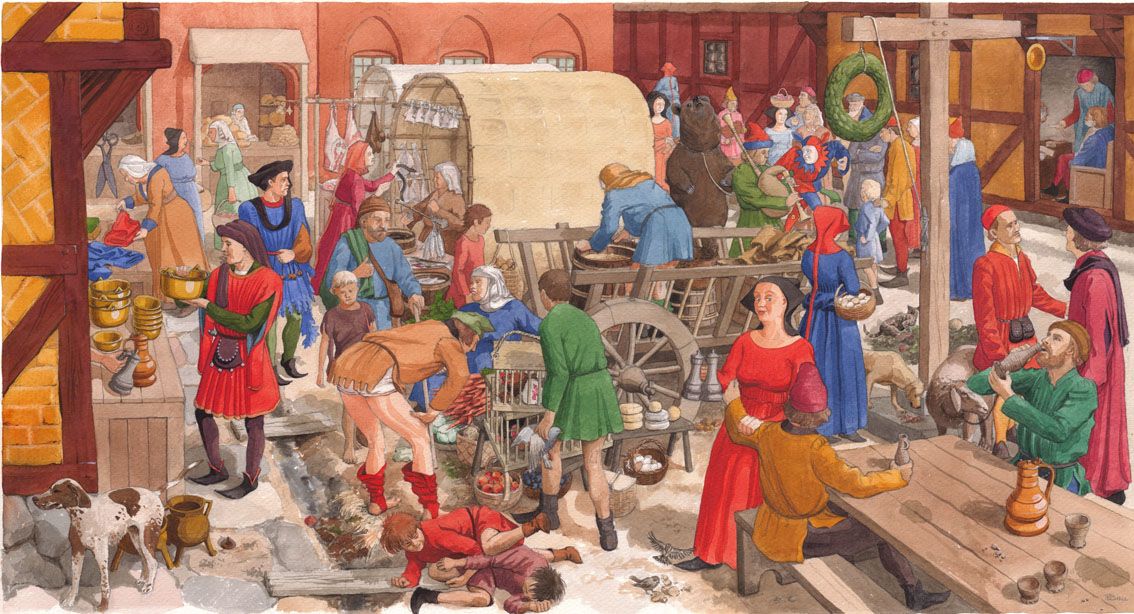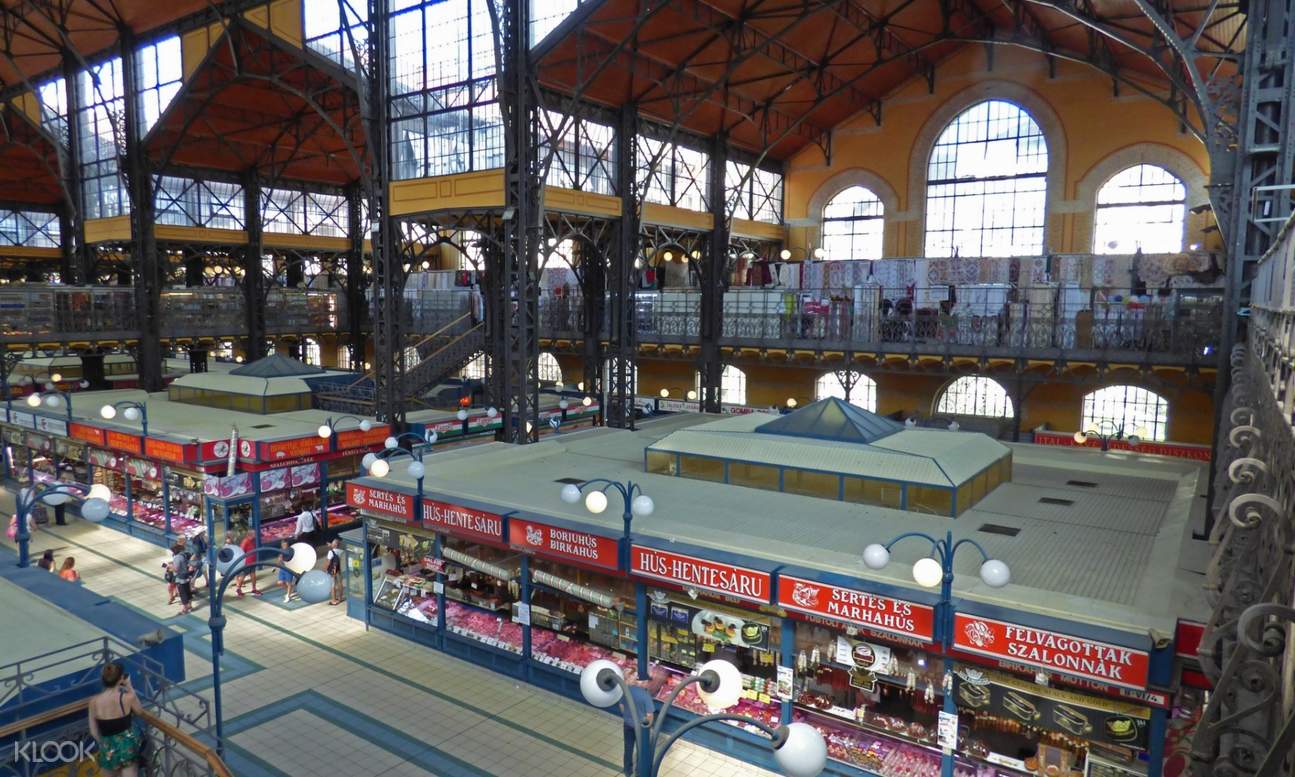Shopping is an important and integral part of the life of every modern person. The history of the origin of this phenomenon goes back to ancient times.
In Ancient Greece, merchants understood that goods would sell better if they were concentrated in one place in the central part of the city. This is how the first markets appeared - each shop exhibited its products and it was very convenient for customers.
The ancient Romans went even further. They also used the area in the central square, but instead of scattered shops, they built a huge shopping center with over 150 stalls. This building was the world's first “shopping complex” and its construction dates back to the 2nd century AD. In addition to the shops of that era, several dozen eateries were built on the area described.
In the medieval period there were fairs instead of shops. That is, merchants and artisans moved from place to place on certain days. This was extremely inconvenient for buyers, because if any goods were needed urgently, they had to be borrowed or made do otherwise, because the frequency of fairs left much to be desired.

@pinterest.fr
At the end of the 16th century, people finally realized that the most profitable thing would be to create permanent stores so that a person could purchase the necessary goods at any time convenient for him. This was very beneficial for both the buyer and the seller. Of course, no one intended to build shopping centers or separate buildings for merchants, so medieval shops were located in the seller’s home. If there were a lot of products or they took up a lot of space due to their size, then a whole room was given over to such goods. And if the goods were placed on a small tray, then customers were received directly in the living room. The windows in the room with the goods were closed with a primitive kind of bars. This simple device consisted of wooden or metal pegs, to the top of which a trap was attached - several fabric bags with metal or glass objects. When they tried to break in, the bags fell, the glass broke, and the owners of the goods came running in response to the noise. Convenient, wouldn't you agree?
In Israel, one of the first to come up with the idea of working from home were jewelers and antiques dealers. Their products were very expensive, so the wise Jews did not want to part with them even for a moment.
In Edinburgh, a real 17th-century indoor market was reconstructed. Now this rare building is a historical monument, and everyone can plunge into the era of medieval Scotland.

@klook.com
In the 17th century, England was the most developed trading power. Goods ranging from spices and coffee to a variety of textiles were exported along the Thames. Indian sailors supplied sugar and tobacco, while spices and silks were brought from the Middle East. China was famous for its high quality porcelain and tea.And the trading platforms themselves have changed a lot. Now these were bright, spacious buildings with beautiful decor. The product neighborhood was no longer disrupted; in other words, raw fish or horse meat were no longer sold in the decorative goods department.
Realizing that mostly women do the shopping, experienced merchants began to target them. Thus, in the middle of the 18th century, entire series of stores with ladies’ accessories and sewing accessories were opened.
The next significant step in the history of the development of shopping was made by Aristide Boucicault, a man who built a giant store and allowed his customers to touch the goods with their hands, which had previously been strictly prohibited. Moreover, each product had a price - this was convenient for the buyer, because now he could immediately see whether he could afford this or that purchase. The wise Boucicault gave balloons and color drawings to the children of his guests so that the touched mothers would buy as much as possible. Sales were held no more than twice a year, but they still happened! In addition, the author of the idea created product catalogs, which he sent to customers’ homes, giving them the opportunity to make purchases at home.

@rebeccavaney.ie
Today, shopping has moved to the Internet. Almost everyone can order the thing they like, be it food, clothing or a piece of furniture. However, nothing can compare to a regular shopping trip, which is often accompanied by a cup of aromatic coffee from a coffee shop in the shopping center and, perhaps, an interesting movie from the cinema!